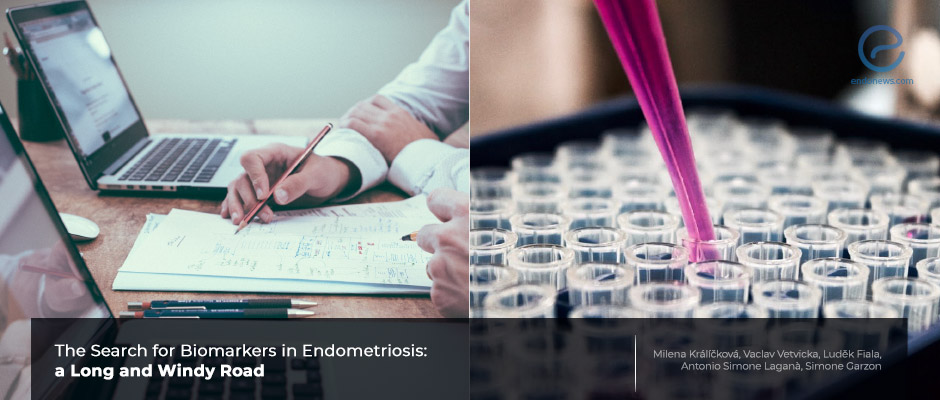Exploring a bonafide biomarker to predict endometriosis
Aug 25, 2021
Many studies have been conducted in hope of finding a diagnostic biomarker for endometriosis, the search still continues
Key Points
Highlight:
- Among countless research aiming to find a biomarker in the diagnosis of endometriosis, MicroRNAs and stem cell-related markers have shown promising results.
- If this would be confirmed, they might be used as clinically relevant markers in the future.
Importance:
- The delay in the diagnosis of endometriosis affects patient outcome, therefore the search for a specific and sensitive biomarker has been ongoing.
Key results:
- In a study using the antibody array approach, IL-31 was found to show a significant difference from other proteins making it a potential biomarker.
- With its significant role in endometriosis pathogenesis, miRNA-451 was also evaluated as a potential biomarker and a target in the treatment.
- With their role in the degradation of the extracellular matrix, MMP-2, MMP-9, and TIMP-1 are among potential candidates in predicting endometriosis.
- Apart from being a potential biomarker, miR-96-5p might be used in the treatment, and it might even help inhibit ovarian cancer development in endometriosis patients.
- NANOG, SOX2, and OCT-4, also known as the Pluripotency gene triad were found to be differently expressed in endometriosis.
What’s done here?
- This article is a review of all the studies that were conducted to be able to find a specific and sensitive biomarker in the diagnosis and treatment of endometriosis.
Lay Summary
Endometriosis is a complex disease affecting many women in the reproductive age group. As it is important to figure out the mechanisms responsible for the disease, it is also crucial to identify biomarkers that can be used in the diagnosis of the disease knowing the fact that the median delay of endometriosis diagnosis was found to be 8 years.
Dr. Kralickova et al. recently published a review in the June issue of "Reproductive Sciences" analyzing the results of the studies that were conducted in search for the possible biomarkers that can be used in the diagnosis and treatment of endometriosis.
It is known that the immune system plays an important role in endometriosis. The immunological markers helper and regulatory T lymphoid cells were evaluated in some studies as potential biomarkers and a different expression of regulatory T cells was identified in endometriosis patients. However, whether they are the cause or the result of the disease remains to be unknown. Some other immunological markers that are found to be elevated were TGF-β1, COX-2, VEGF, ER-1β, and aromatase, but none of them were specific to endometriosis either. An alarmin called IL-33 has been known to regulate inflammation and its elevated levels were associated with the progression of endometrial lesions.
MicroRNAs have also been recently studied in the etiopathogenesis of the disease and it has been elucidated that they have significant roles, particularly miRNA-451, and miR-96-5p and can be used as potential biomarkers and potential targets in the treatment.
Matrix metalloproteinase-2 (MMP-2) and MMP-9 have been thought to be used in determining the invasiveness and aggressiveness of endometriosis. Estrogen-related receptor-alpha is another biomarker that correlates with the pathological stages of ovarian endometriosis when expressed. Tumor marker CA125 is a glycoprotein that is shown to correlate with disease severity in endometriosis patients, however, there is still some controversy about its use in the diagnosis alone as it also correlates with ovarian cancer or other diseases as well.
Being one of the proposed causes of endometriosis, stem cell-related markers have been studied as potential biomarkers as well. While there are some promising results, they should still be studied extensively to be used as biomarkers. Researchers conclude by saying that none of the markers have known clinical cut-offs for sensitivity and specificity, the study designs are different and there is still not a biomarker that was suggested in clinical diagnosis. If a combination of biomarkers were to be tested instead of individual ones, it might open new doors to be solutions for this problem.
Research Source: https://pubmed.ncbi.nlm.nih.gov/34159571/
endometriosis biomarker endometriosis diagnosis endometriosis treatment microRNAs CA125 stem cell

